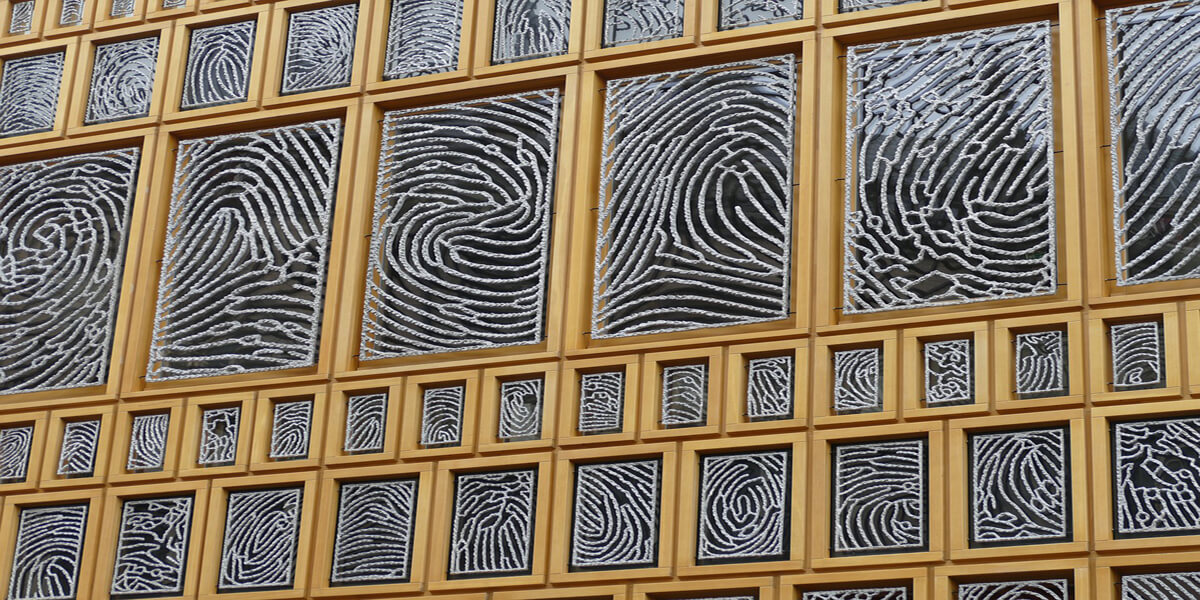Fingerprinting: Live Scan Enhances Benefits
Fingerprinting has been the simplest, most accurate, and most cost-effective way to affirm the identity of an individual for more than a century.
Other methods were employed before fingerprinting, but they ultimately proved to be unacceptable.
For example, in the 19th century, the Bertillon System relied on a mathematical formula based on the measurements of specific bones in a human body, which were thought to be unique to each person. In 1903, however, two prisoners in Leavenworth, Kansas, had the same name and similar bone measurements.
They were consequently identified as being a single person. The confusion was cleared up when authorities used fingerprinting to determine that the men were indeed two separate individuals, and the Bertillon System was discredited.
There is evidence that fingerprints were used for identification even by the ancient Egyptians, but despite its long history, critics continue to question the reliability of fingerprinting.
Criticisms usually focus on the possibility of human error to enter the fingerprinting process. And it is true that, in the past, the actual process of using ink and the need for administrators to “roll” the prints created an error-prone environment.
The actual physical “rolling” impacted the usefulness of prints, making them illegible if too much or too little ink was used or if the administrator did not have the proper technique in rolling the finger from side to side as required. Other factors, like the amount of perspiration on an individual’s fingers, could influence the quality of the printing.
Enter the Live Scan system. Live Scan reduces the potential for human error and maximizes the quality of fingerprints, supporting the use of fingerprinting as the most inexpensive, reliable, and recognized identification system available.
Fingerprints have remained the chief source of identity vertification and recognition over the years because every person’s fingerprints are unique. They can’t be changed like hair color, and they can’t be guessed at or forgotten as can methods that don’t rely on biometric elements.
An individual must be physically present in order to be fingerprinted, so the process clearly identifies who he or she is.
Congress gave the U.S. Federal Bureau of Investigation (FBI) the authority to create an dentification Division in 1924, which resulted in a centralized repository of all fingerprints taken.
This made it easier to identify repeat offenders. Today, this early effort has evolved into the computerized AFIS system, which has become well-known among the general public due to popular television programs like CSI.
The U.S. Department of Justice has relied on computerized Live Scan fingerprinting methods, performed by certified technicians and using quality-rated equipment since 2005.
The sophistication of modern Live Scan technology continues to evolve and improve, putting to rest the criticisms aimed at fingerprinting as an identification medium and ensuring the method will continue as the ultimate source of identity verification for some time
Please visit us at CertifixLiveScan.com to find your nearest location, or give us a call at (714)8807629, or email us at support@certifixlivescan.com.
Read more about: What are the Safest Ways to Complete Your Live Scan during the Covid-19 Pandemic?
Image by Eveline de Bruin from Pixabay
Was This Helpful?
Enjoy this article? Don't forget to share.
Frequently Asked Questions
-
Is live scan the same as fingerprinting?
Live scan is fingerprinting done electronically performed for an agency or an individual to receive a background check from the DOJ and FBI.
-
How does Live Scan work?
The requesting agency provides the applicant with a Request For Live Scan Service Form.
The applicant then takes the form along with proper identification to the nearest live scan location to get fingerprinted via live scan.
This is then sent to the DOJ, FBI or both to be processed.
The DOJ then sends the results to the requesting agency only.
-
What do I need to get a live scan?
The requesting agency should provide you with a “request for live scan service form”. You will need to fill that out, you will also need to bring a primary form of I.D. such as a Driver’s license or a CA ID
-
How much does live scan cost?
The fingerprint rolling fee typically ranges between $25-35, these are in addition to the applicable government fees depending on the level of service required by your agency.
The typical fees are Department of Justice (DOJ) $32 and FBI $17.
These fees may range depending on the type of agency requesting your live scan.

